Abstract Examples art has a unique power to ignite the imagination and spark creativity in unexpected ways. Unlike representational art that depicts tangible subjects, abstract art allows you to dive into a world of emotion, color, and form opening doors to endless interpretation. Whether you’re an artist seeking inspiration or simply an art lover who wants to explore new perspectives, these 10 breathtaking abstract art examples are sure to spark your creativity and help you see the world in a whole new light.
Table of Contents
Why Abstract Art Inspires Creativity
Abstract art isn’t just a collection of shapes, colors, and lines it’s an invitation to unlock deeper meanings and explore emotions. It removes the boundaries that often restrict creativity in other forms of art. Instead of focusing on realistic depictions, abstract art allows your mind to wander, dream, and imagine without limits. Here’s why it has such a powerful influence on creativity:
- Freedom from Representation: Abstract art removes the need for specific, recognizable subjects. This gives you freedom to explore emotions, colors, and textures that reflect your inner world.
- Emotional Connection: Colors and shapes in abstract art often evoke specific emotions, creating a deep, personal connection between the viewer and the work.
- Intuitive Interpretation: Rather than following a predefined narrative, abstract art encourages you to rely on your intuition to interpret and appreciate what’s in front of you.
As you move through this article, consider how each of these abstract examples can inspire your own creative journey.
10 Breathtaking Abstract Art Examples to Inspire You
1. The Color Fields of Mark Rothko
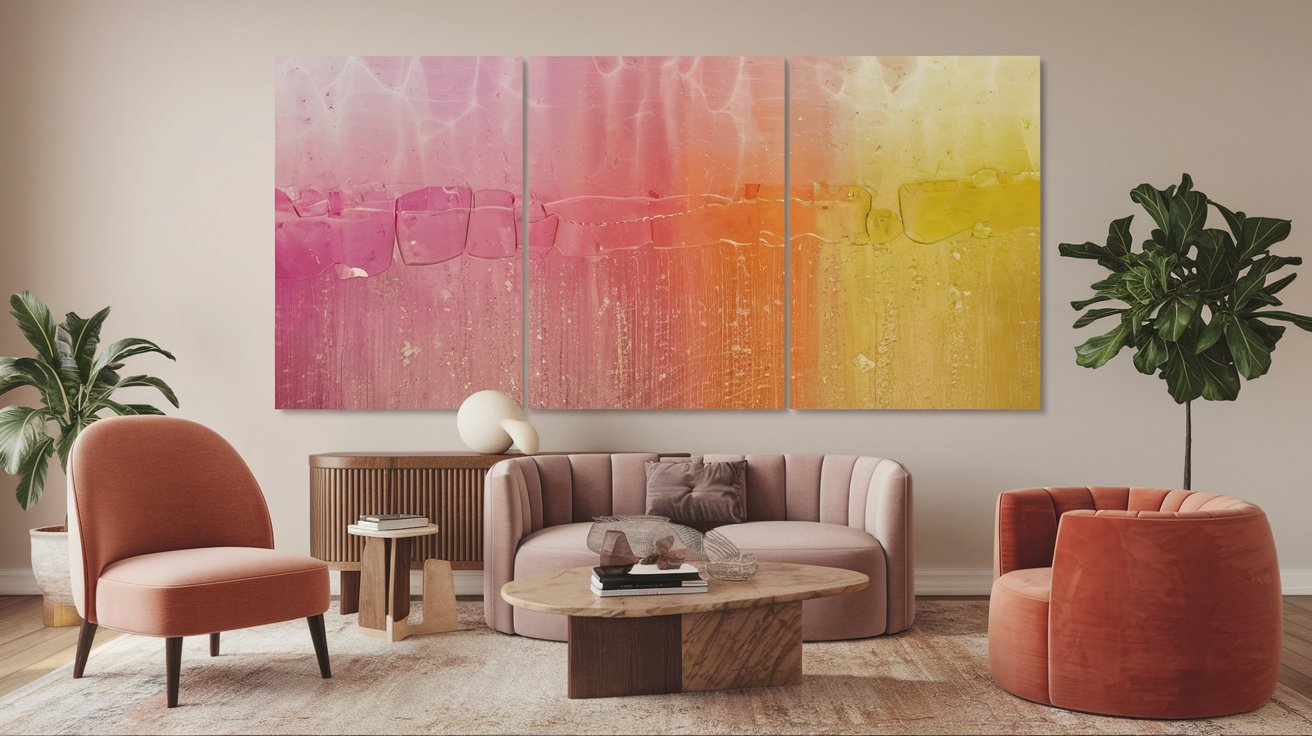
Mark Rothko is known for his color field paintings, where blocks of color seem to float, often in serene, meditative compositions. His work focuses less on form and more on the emotional resonance of color. Rothko’s use of large, soft rectangular blocks of color invites viewers to immerse themselves in a simple yet profound experience.
- Key Insight: Rothko’s art teaches the power of color to evoke deep emotions. He believed that colors like red could inspire passion, while blues and yellows create a sense of calm and joy.
- Creative Takeaway: When designing a space or creating artwork, experiment with using blocks of color to communicate a particular feeling without relying on intricate detail.
2. The Energetic Brushstrokes of Jackson Pollock

Jackson Pollock revolutionized abstract art with his unique “drip painting” technique. His famous works are full of energy, with splatters, drips, and lines that convey movement and raw emotion. Pollock’s work challenges the traditional idea of art being a controlled, precise activity. Instead, it celebrates spontaneity and freedom.
- Key Insight: Pollock’s technique emphasizes the emotional power of abstraction, showing how raw energy can be captured in art.
- Creative Takeaway: Let go of control in your creative process. Try painting or creating digital art using free, expressive movements, without worrying about the end result.
3. The Abstract Geometry of Piet Mondrian
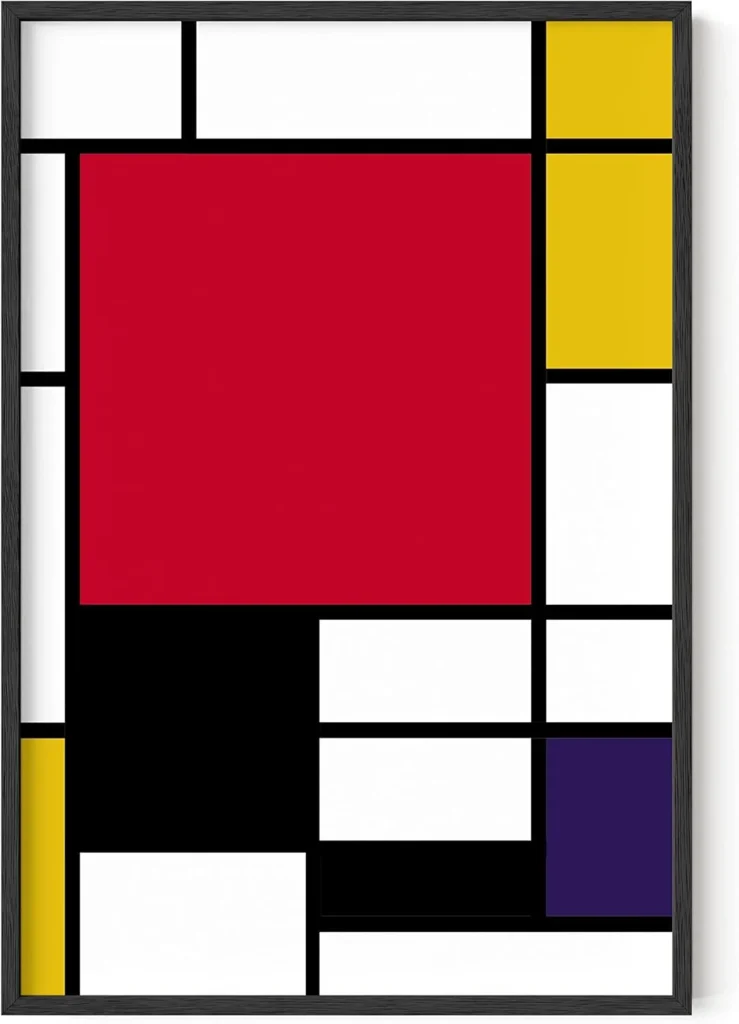
Piet Mondrian was a pioneer of abstract art through his use of geometric shapes and primary colors. His clean lines, grids, and rectangles convey a sense of order and balance, making his work instantly recognizable. Mondrian’s focus was to distill art into its most basic elements—lines and color—offering a visual harmony that can be both meditative and dynamic.
- Key Insight: Mondrian’s approach teaches that simplicity can lead to powerful visual impact. Even in abstract art, structure and balance are essential.
- Creative Takeaway: Experiment with geometric shapes and primary colors in your design projects to create a sense of order and clarity.
4. The Textured Layers of Anselm Kiefer

Anselm Kiefer is known for his use of heavy textures and symbolic materials such as ash, lead, and straw. His works often convey the weight of history, exploring themes like memory, loss, and destruction. The physicality of his materials, combined with his layered compositions, creates a visual depth that draws you in.
- Key Insight: Kiefer’s textured layers show how materials can carry meaning, adding depth to abstract compositions.
- Creative Takeaway: Explore mixed-media art or texture in your own work. Don’t be afraid to incorporate unconventional materials to add emotional weight to your creations.
5. The Dreamlike Forms of Joan Miró
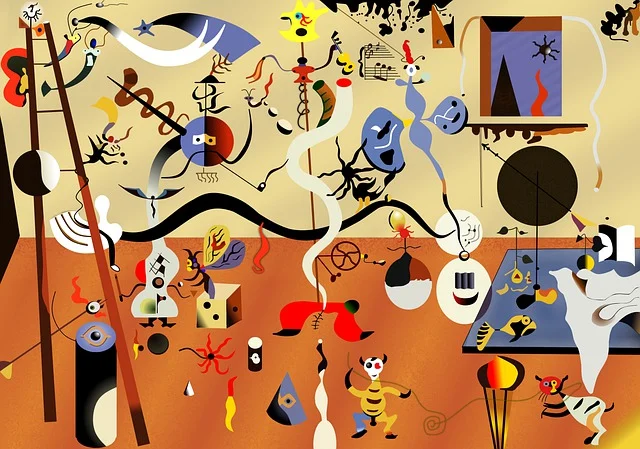
Joan Miró’s whimsical, dreamlike forms blur the lines between abstraction and surrealism. His work features playful lines, abstract shapes, and vibrant colors that create a sense of joy and wonder. Miró’s style invites you to let go of rigid interpretations and embrace a more childlike sense of freedom and imagination.
- Key Insight: Miró’s art reminds us that abstraction can be playful and intuitive, celebrating a sense of freedom and spontaneity.
- Creative Takeaway: If you find yourself stuck in rigid thinking, turn to abstract forms that encourage you to explore freely, without overthinking.
6. The Bold Color Contrasts of Wassily Kandinsky
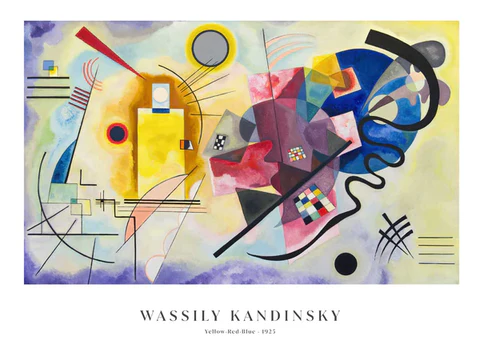
Wassily Kandinsky is often considered the father of abstract art. His work is known for its bold use of color and dynamic compositions. Kandinsky saw color as a spiritual force, believing that each hue could evoke specific emotions and reactions. His abstract pieces often feature a balance of shapes and colors, resulting in vibrant, energetic works that seem to pulse with life.
- Key Insight: Kandinsky’s exploration of color and form shows how abstract art can communicate complex emotions without words.
- Creative Takeaway: Study color theory to understand how different colors influence moods and emotions, and incorporate those principles into your own creative work.
7. The Organic Forms of Georgia O’Keeffe

Georgia O’Keeffe is known for her abstract interpretations of flowers, bones, and landscapes. Her organic, flowing forms are often magnified to emphasize their shapes and textures. O’Keeffe’s art bridges the gap between abstraction and the natural world, showcasing the beauty in simplicity.
- Key Insight: O’Keeffe’s work demonstrates how abstract art can evolve from the natural world, turning ordinary objects into powerful abstract forms.
- Creative Takeaway: Look to nature for inspiration. Try to abstract familiar forms from nature and reinterpret them in a way that highlights their essence.
8. The Minimalist Impressions of Agnes Martin

Agnes Martin’s minimalist approach to abstract art uses soft lines, grids, and subtle color palettes to create a sense of tranquility and contemplation. Her work is often seen as meditative, offering a quiet, restrained view of abstraction.
- Key Insight: Martin’s work highlights the power of subtlety and the emotional impact of restraint.
- Creative Takeaway: Embrace minimalism in your work by focusing on simple, clean lines and subtle color palettes to create a peaceful, reflective atmosphere.
9. The Fluidity of Helen Frankenthaler’s Color Stains
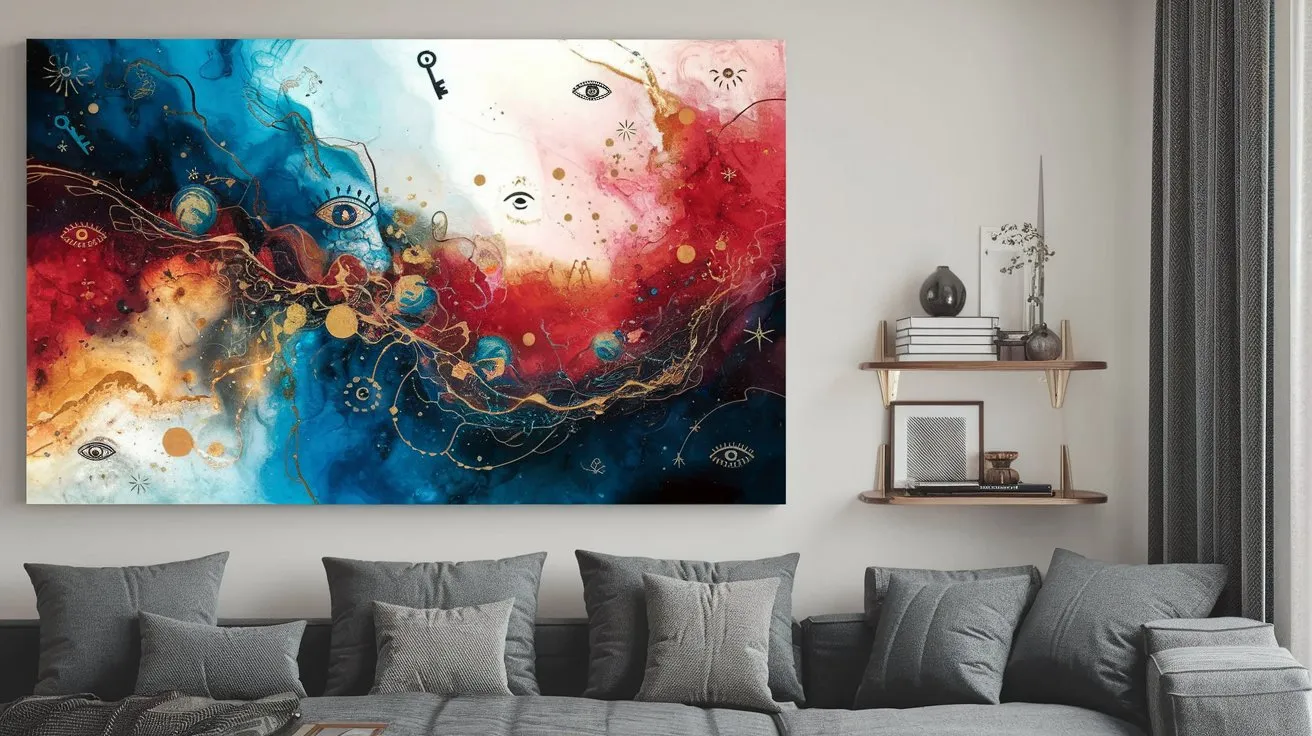
Helen Frankenthaler’s technique of using color stains revolutionized abstract art. By diluting paint and letting it seep into raw canvas, she created sweeping, fluid works that seem to breathe. Frankenthaler’s work is often associated with the Abstract Expressionist movement, but her technique offers a unique fusion of spontaneity and control.
- Key Insight: Frankenthaler’s use of color and fluidity captures the beauty of imperfection and natural processes.
- Creative Takeaway: Experiment with fluid techniques in your own art, allowing the medium to flow and take shape in unexpected ways.
10. The Expressive Lines of Cy Twombly

Cy Twombly is known for his expressive scribbles and marks that appear almost like written language. His raw, spontaneous style captures the tension between chaos and control, creating dynamic compositions full of emotion. Twombly’s work reveals the power of gesture in abstraction.
- Key Insight: Twombly’s art shows that even a simple line or scribble can convey deep emotion and energy.
- Creative Takeaway: Focus on your emotional connection with the medium. Allow free expression, without the need for perfection, to shine through your work.
How to Interpret Abstract Art
Interpreting abstract art can be a deeply personal experience. Here are some steps to help you connect with abstract works:
- Let Go of Literal Interpretation: Instead of searching for a specific object or subject, allow your emotions to guide your interpretation. What do the colors and forms evoke for you?
- Connect with Your Emotions: Pay attention to how a piece makes you feel. Does it inspire calm, energy, or excitement? Abstract art is often meant to evoke an emotional response, rather than tell a story.
- Focus on the Composition: Look at the balance of colors, shapes, and lines. How do they work together? What kind of energy do they give off?
Table: Emotions and Colors in Abstract Art
| Color | Emotion |
|---|---|
| Red | Passion, Energy |
| Blue | Calm, Depth |
| Yellow | Joy, Optimism |
| Black | Mystery, Strength |
Tips for Creating Your Own Abstract Art Inspired by These Examples
If you’re feeling inspired to try your hand at abstract art, here are some tips to help you get started:
- Find Your Preferred Medium: Whether you prefer paints, digital tools, or mixed media, experiment with different materials to discover what resonates with you.
- Embrace Experimentation: Abstract art thrives on spontaneity. Allow yourself to experiment without worrying about the outcome.
- Let Your Emotions Guide You: Abstract art is about expression. Let your feelings and thoughts flow freely onto the canvas.
Conclusion: Discovering the Beauty in Abstract Art
Abstract art is a world of endless possibilities, where creativity knows no bounds. It challenges you to think differently, feel deeply, and connect with art on a personal level. These 10 examples are just the beginning. Whether you’re seeking to spark your own creativity or simply want to explore the endless interpretations of abstract art, remember that each piece has its own story to tell if you’re willing to listen.
Call to Action: Ready to dive deeper into abstract art? Visit a local gallery, experiment with your own art projects, or explore abstract art collections online to fuel your creative journey.
